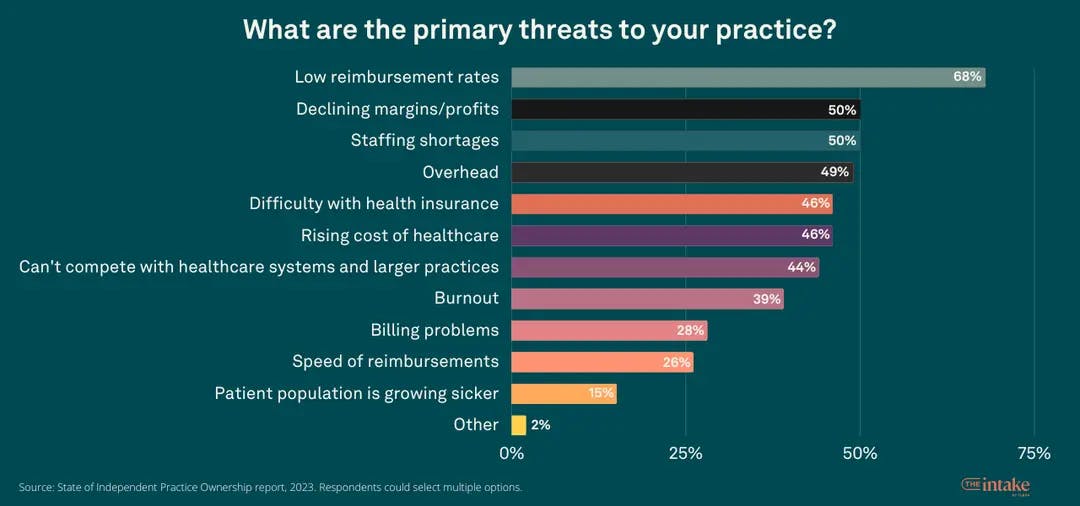
News · December 18, 2024
When Profitability Powers Better Patient Care
Let's talk about the elephant in the room: money in healthcare. I know - mention "profit" or "revenue" in a clinical setting, and you might get some eye rolls from healthcare providers. And honestly? That's pretty understandable. After all, you went into healthcare to help people.
But here's the thing - running a profitable practice isn't about turning into Wall Street. It's about giving yourself the tools to do what you do best: provide amazing care for your patients. And if you're rolling your eyes right now, stick with me for a minute.
Think about it this way: When your practice is doing well financially, you can invest in that new diagnostic equipment you've had your eye on and upgrade to modern systems that make life easier for both you and your patients. When money's tight? Those improvements stay on the wish list, and you're stuck putting band-aids on problems that really need proper solutions.
Here's another real talk: good staffing isn't cheap. But having the right team makes all the difference. When you're profitable, you can hire that extra support staff to handle the paperwork burden and properly compensate your existing team members - because retention is just as important as recruitment. When your staff feels valued, they bring their A-game every day, and you can focus on what matters most: patient care. That's what practicing at the top of your license actually looks like.
A tale of two practices. What your day could look like
In Scenario A, you're running behind with outdated systems, an overwhelmed front desk, and you're constantly jumping between patient care and administrative tasks. The result? Longer wait times and compromised care quality despite your best efforts.
In Scenario B, your streamlined processes and well-staffed team handle the administrative load efficiently, letting you focus entirely on patient care and deliver the quality time each person deserves.
Which scenario leads to better patient outcomes? The answer's pretty clear.
And let's bust a myth: efficiency and profitability don't mean assembly-line healthcare. When your practice runs smoothly and your revenue cycle is healthy, you can give each patient the time and attention they deserve.
Want to implement new treatment protocols or try innovative care models? That takes resources. I've seen too many passionate clinicians with great ideas who couldn't implement them because their practices were just scraping by.
Rates aren’t changing much. Margins matter more than ever
68% of independent practice owners cite low reimbursement rates as their primary threat, and the American Medical Association found 80% of physicians who sold to larger systems did so to gain leverage in payment negotiations.

But when you can maintain healthy profits despite these challenges, it lets you say "yes" to:
- Investing in preventive care programs that might not show immediate returns but significantly improve long-term patient outcomes
- Hiring specialists or bringing in new services that your community needs
- Creating patient education programs that go beyond the basics
- Offering flexible payment options for patients who need them
- Taking time for complex cases without worrying about productivity metrics
- Properly compensating your existing team members who've been grinding it out with you
Bottom line? Being profitable isn't selling out - it's setting yourself up to provide the best possible care. When your practice is financially healthy, you can stop worrying about the business side and focus on what you love: helping people get better.
Remember, every major advancement in healthcare - from improved clinical processes to minimally invasive surgical techniques - requires significant financial investment. By embracing profitability as a tool for improving care, you're not compromising your values. You're actually ensuring you can fully live up to them.